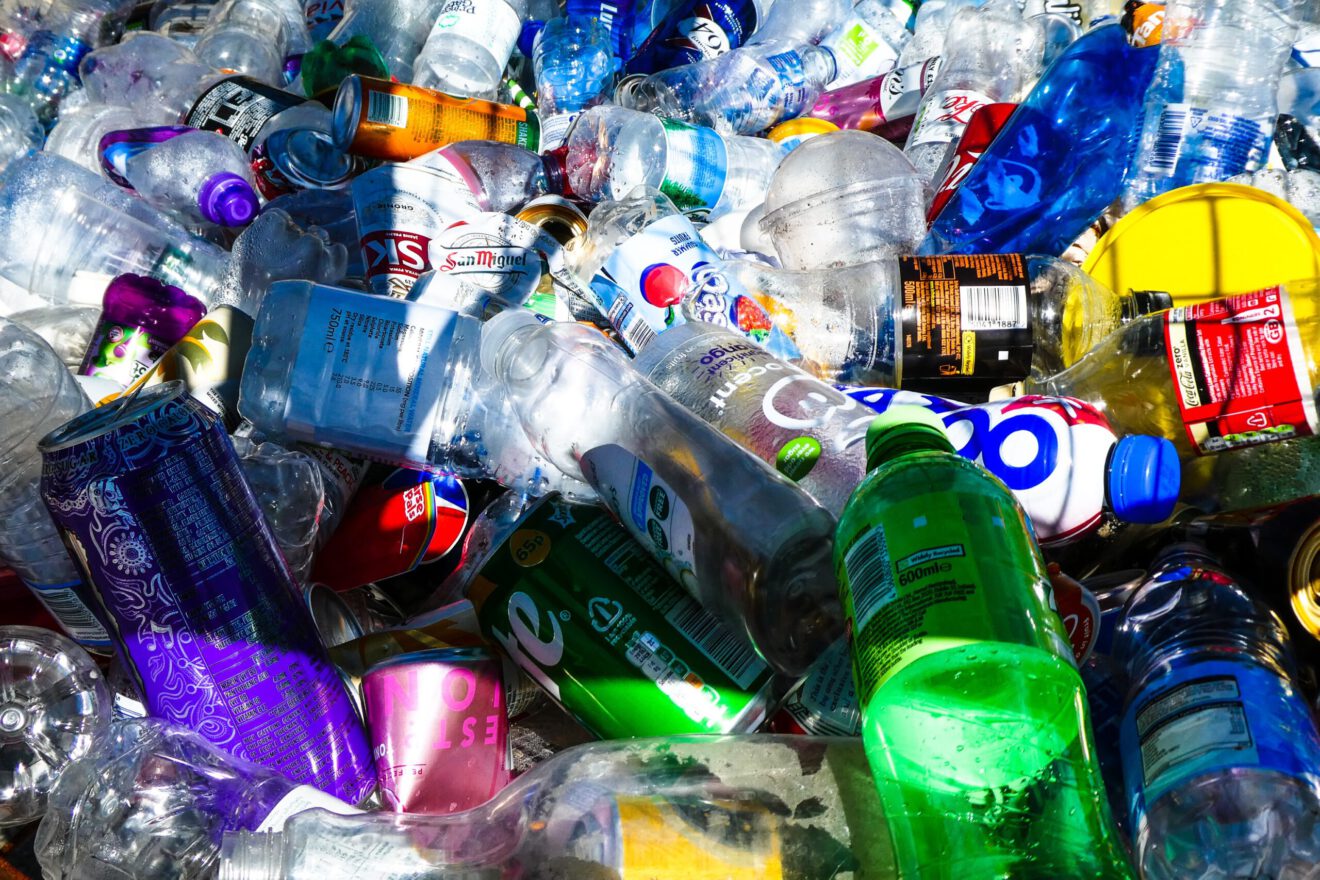This article is sponsored by ACC
Plastics recycling is a hot topic in the Capitol. The National Academy of Sciences this year is expected to complete an assessment of the US contribution to global plastic waste. Meanwhile the US Environmental Protection Agency recently drafted a plan to help the US have a 50% recycling rate by 2030.
Public and private stakeholders are considering ways to better use – and reuse – plastic, says Joshua Baca, the newly appointed vice president of the American Chemistry Council’s Plastics Division. SmartBrief asked Baca what tools and regulations it will take to reduce plastic waste. Here are his thoughts.
What role should plastic manufacturers play in the reduction of plastic waste?
Plastic waste is a global problem that deserves our attention and best thinking. In many ways, plastic makers are doing what we do best, which is to innovate and deploy solutions to society’s greatest challenges.
For example, our members are designing new packages that use plastic more efficiently and are easier to recycle. They’re developing and investing in advanced recycling technologies that are transforming the way plastics are used and then reused to make new products. And they’re partnering with government, nonprofits and other industries to evolve today’s recycling systems so that it’s easier to recycle greater quantities and more types of plastics.
How can the industry help combat a problem as globally ubiquitous as plastic waste?
No one industry or sector can do this alone. Solving plastic waste will require ongoing collaboration, so we’re growing partnerships with organizations that feel as passionately as we do.
In 2018, plastic makers embraced two goals: (1) for all U.S. plastic packaging to be recyclable or recoverable by 2030, and (2) for all U.S. plastic packaging to be reused, recycled or recovered by 2040.
We’re working hard to get there, and we want to bring the full value chain along with us. Our Roadmap to Reuse identifies specific roles and actions needed to achieve these goals, and we’ve also developed a set of Guiding Policy Principles to eliminate plastic waste. There are critical roles for manufacturers, brand owners, retailers, government, waste haulers, recyclers, nonprofits and more.
Various punitive and compensatory legislative measures are being discussed to encourage the recycling of plastic. What is the best way to boost recycling?
Recycling is absolutely essential to eliminating waste, and it needs more than a “boost.” Plastic makers and other innovators are developing and deploying new technologies at commercial scale that are changing traditional business models from linear to circular.
Domestic investments in the U.S. recycling system are on the rise. In just the last three years, 64 projects have been announced in the U.S., valued at $5.3 billion. Together, these projects have the potential to divert nearly 9 billion pounds of waste from landfills each year.
But more needs to be done. Achieving these goals and creating the 21st century recycling system we all want requires smart policies, such as a national approach to community recycling programs, encouraging the use of recycled content, and increasing private investment in circularity by updating regulatory frameworks for new and advanced recycling technologies.
Could new recycling or manufacturing processes lead to more products being made with recycled plastic?
Absolutely. Advanced recycling technologies enable us to dramatically expand the types of products that can be recycled – to include packages like pouches and tubes – and to use these resources again to make new products. Advanced recycling converts used plastics into their original building blocks, so they can be recombined to make products ranging from brand new plastics to specialty waxes for roofs, candles and crayons; to transportation fuels; to automotive lubricants.
Pennsylvania just became the ninth state to pass a law that treats advanced recycling facilities as manufacturers rather than waste disposal facilities. Laws like this help encourage investment in state recycling infrastructures while keeping plastics out of landfills and benefiting the economy.
What’s your outlook on the new Congress and how do you plan to work with the incoming Biden administration to address the issues of plastic waste?
America’s plastic makers look forward to working with President Joe Biden and with Congress on bipartisan, practical solutions to end plastic waste by building a more circular economy for plastics.
In fact, the President’s promise to govern by consensus presents a real opportunity to bring together an impactful coalition of stakeholders who can collaborate with his administration on the path forward. Senators Sheldon Whitehouse (D-RI) and Dan Sullivan (R-AK) have been leading on this issue in Congress, and the recent passage of Save Our Seas 2.0 provides an opportunity to build on their success.
What role is the Environmental Protection Agency playing in this process?
In early October, the US EPA released a draft National Recycling Strategy designed to improve recycling nationwide and to help reach its goal of increasing the national recycling rate for all materials to 50% by 2030. Plastic makers welcome the agency’s enhanced leadership role and commitment to increase recycling.
As the new administration builds on this work, we encourage it to recognize the critical role of advanced recycling in supporting its 2030 goal and creating new markets for used plastics; develop a harmonized national approach to collection and education standards; and work with Congress to encourage private-sector investment in recycling infrastructure. We look forward to working with the EPA and the incoming administration as they build on the draft strategy.
